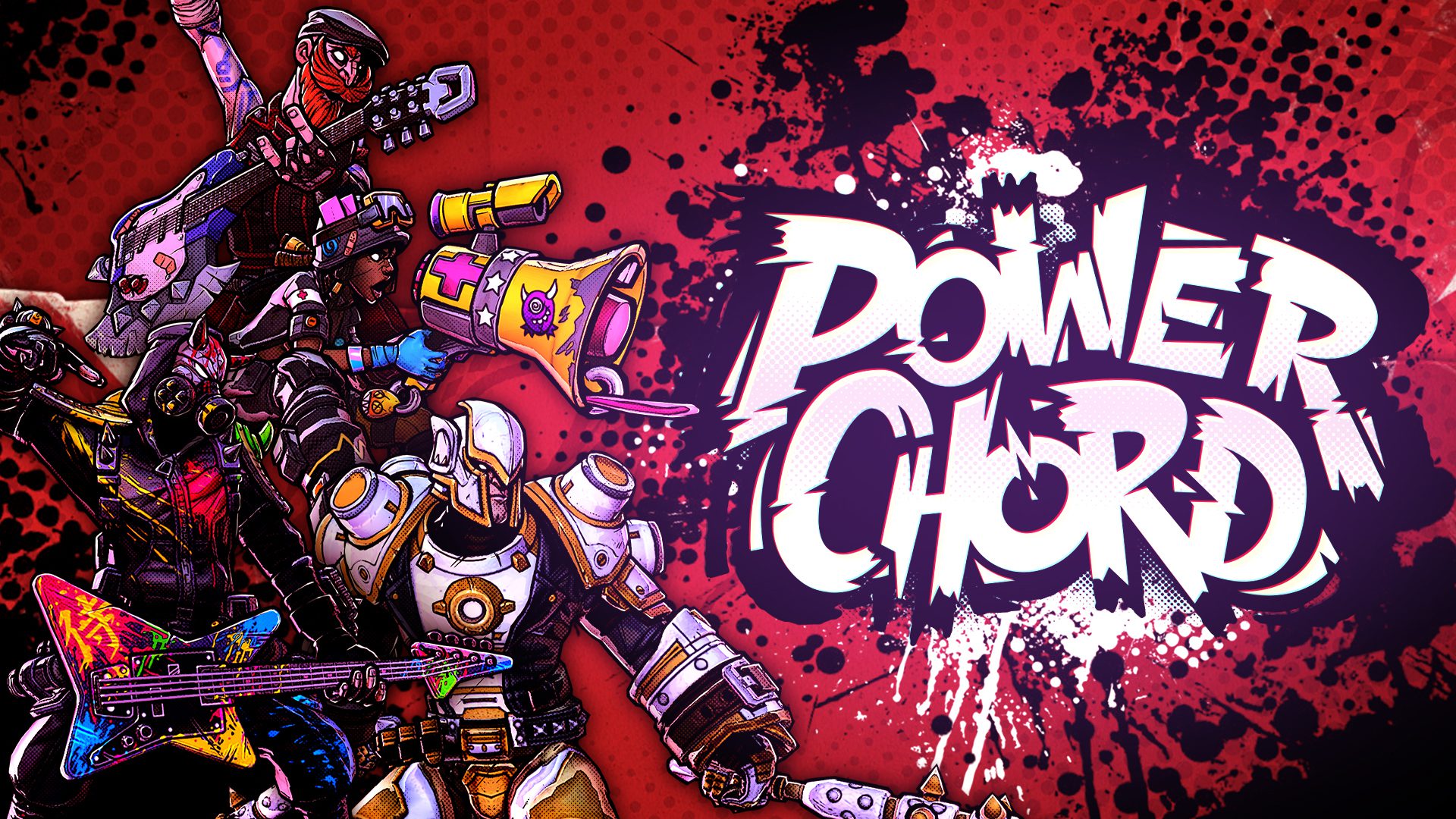What do you get when you mash a rock band, demons, and deck building mechanics together? The heavy metal themed game Power Chord, that’s what! Developed by Big Blue Bubble, Power Chord is sure to get you rocking as you slay gnarly demons with your rip-roaring riffs. If you’re looking for some more deck-building action after Slay the Spire you may want to put Power Chord on your list.
Power Chord is exactly how you would imagine Guitar Hero to look and sound like if it was a card-based battler. The story involves demons entering into our world after millennia of them being sealed off (you know, pesky demon stuff, pretty standard). Now it’s through the power of heavy metal that you must win back the ancient guitar of the gods and use its powers for good.
You may have noticed that I also reviewed another deck building rock band battling game, Battle Bands. The two games may seem similar, but their gameplay is completely different. Battle Bands is a light-hearted, goofy punk band battle theme, where multiple players can be on one team and play their own deck of cards onto the band. The tone and variety are better than Power Chord’s (which I’ll touch on later), but the way the game was designed made the gameplay feel chaotic and out of the player’s control.
In Power Chord the gameplay feels solid. Mimicking a lot of Slay the Spire, it feeds into the need to actually think about your choices and determine a solid strategy. Card choices and attacks feel satisfying. It was a little awkward at first dragging the card over to who you want it to affect, but it turned into positive reinforcement for the decisions that you make. Knowing how the demons are going to attack allows you to plan out the optimal strategy. Power Chord is unfortunately riddled with perks and status effects that makes it difficult to keep track of. There were multiple times my game plan got ruined because I thought a group of symbols meant something else. There were also times, especially when I tried to lower the enemy’s attack power, that it didn’t seem to work at all, or work with only one type of enemy. Needless to say, however, the gameplay loop itself is something you can become addicted to while repeatedly trying to find the best combination of cards.
For being a deck building game it’s not the greatest. Most of the time you are only given choices to one or two cards. When starting the game you may stick with one kind of strategy, like beefing up your heavy arsenal. The game might steer you in the wrong direction, however, and offer cards that can’t be used by that specific character or do not offer the best choices. The starting bassist in your band “Shinobi 13” is all poison gasses and area of effect attacks. These attacks are particularly unsatisfying, as they only hurt enemies a little bit at a time, and you don’t know how much damage the poison actually does to them. Other continuous powerups were also available to place on individual members to give them special perks. The problem with perks was that the negative effects outweighed the positive. It made the trek to treasure chests disappointing. A card would be revealed to me and would look it over and think “Why would I want this? It doesn’t help me at all.”
While Slay the Spire had cohesion and figured out unique and interesting relationships with its cards, Power Chord found itself doing too much. Each member of the band has their own trait and way they battle. The band starts to become disconnected, as cards only stack on its own type. There are some cards, like the stances, that are more focused on what happens to the other members of the band, but they don’t interact cohesively with each other. My AOE character only protects itself while the guitarist is the only one putting in the work to attack the demons. The last run I had didn’t involve the drummer whatsoever, and they were supposed to be the ones that protected the band.
The art in Power Chord looks like the lovechild of Guitar Hero and Borderlands. The theme is spot-on. The variety, on the other hand, is lacking. There are only two different kinds of levels: normal and boss. The enemies are cookie cutter besides holding a slight variation of an instrument or uses a different color of particle effect. The similarities make strategy difficult, as the enemies each behave in various ways. If there was more work put into creating environments and having certain enemies appear in those environments the game would feel like it has more variety.
You would think for a game about a rock band it would have some killer tracks, right? Nope. Power Chord has one song playing the whole time, so you better like it. I muted my gameplay after a while because the same loop over and over became nauseating. The sound design of the game was well-done, though. The audio choices helped in making you feel satisfied in the gameplay decisions you made, and helped with what was happening during the game.
In summary: solid gameplay loop that kept me wanting more, but the lack of artistic and musical variety (for a game about music for gosh sakes!!) made me want less.
Jordan played Power Chord with a key provided by the publisher.
